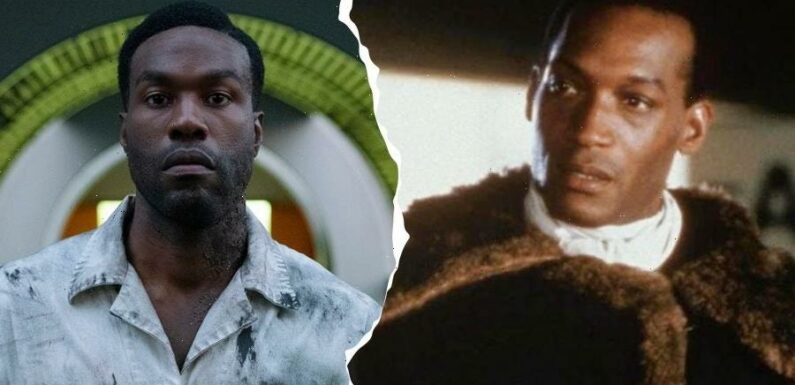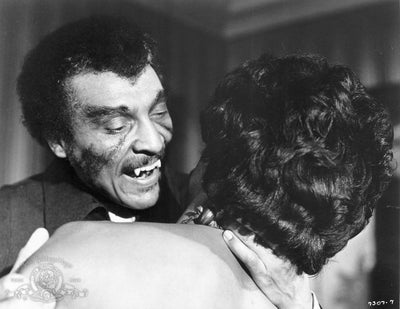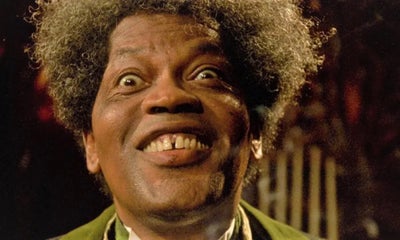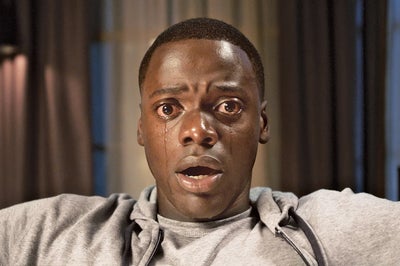
On October 16, 1992, Candyman was released. The plot centers around a female graduate student completing her final thesis, during which she learns about the story of the ghost of an African-American artist who was murdered in the late 19th century following a forbidden relationship. As the movie progresses, the audience becomes a witness to the heinous crimes of not only the film’s titular character, but also the harsh conditions of Chicago’s Cabrini-Green housing development, which was all too similar to many of the neglected urban neighborhoods across the country.
Tony Todd’s portrayal of Daniel Robitaille was masterful, and it also gave the general public a difference in perspective of what the traditional villain should look like. It also led to somewhat of a revitalization for the genre of Black horror, because it had been almost 20 years since the public was exposed to this type of film starring actors of color. In the three decades since the original Candyman premiered, there have been several projects to reference in the realm of Black horror, but it is important to take a look back at where it all started.
While many people will point to Blacula (which sparked a wave of similarly-themed films due its box office earnings) as the impetus for Black horror, one shouldn’t overlook Night of the Living Dead; released four years prior. Although it was not based around African Americans per se, it featured Duane Jones, as its lead actor. This movie was groundbreaking for its heroic portrayal of a Black man, especially during the late 60s. In regard to the aforementioned Blacula, it laid the foundation for other horror flicks of the decade such as Ganja & Hess, Sugar Hill, and Dr. Black, Mr. Hyde.
After the release of J.D.’s Revenge in 1976, there was a bit of a lull for the genre. Whether it was a lack of impactful films being released, or the consistent reinforcement of the “black people dying early and often in scary movies” stereotype, horror in Black cinema remained stagnant – that is until about 1991 with Wes Craven’s People Under The Stairs, and culminating with Candyman almost a year later. This Bernard Rose-directed film featured an iconic antagonist that would come to be both feared and respected by Black and white viewers alike, and for many, its success as opposed to others during that time also symbolized the end of the “classic era” of slasher movies.
The mid-90s gave birth to Tales From The Hood (created by Rusty Cundieff), Vampire In Brooklyn, Tales From The Crypt: Demon Knight, and Eve’s Bayou. Cundieff’s anthology film served to be influential for future directors such as Jordan Peele, due to its depiction of social issues such as police brutality, domestic abuse, racism, and much more. The Black Horror industry would again reach a long period of absence with the release of 2001’s Bones. 16 years later however, the genre would peak from the brainchild of an highly unlikely visionary.
In 2017, Peele unveiled his magnum opus Get Out. The film proved to be pivotal for not only Black horror, but the genre as a whole because of its informative underlying messages, along with its critical and monetary achievements. It garnered universal acclaim for Peele’s screenplay and direction, as well as the performance of its star, Daniel Kaluuya. Get Out also received four nominations at the 90th Academy Awards, winning an Oscar for Best Original Screenplay, which made Peele the first African-American screenwriter to win in this category.
In the wake of Peele’s success with Get Out, the cinema industry witnessed another resurgence with African American horror films. In a five-year timespan, the world would be able to view Gerard McMurray’s The First Purge, Us, Lovecraft Country, 2021’s Candyman, and most recently, Nope, all on the silver screen. Throughout its vast history, Black horror has provided much more just than a shockingly scary scene every now and again. It shows the creativity of the writers, directors, and producers of color, in addition to the many facets associated with the Black experience.
“Horror has something to say about religion, science, foreigners, sexualities, power and control, class, gender roles, sources of evil, and ideal society, democracy, etc.,” Robin R. Means Coleman wrote in her book Horror Noire: Blacks in American Horror Films from the 1890s to Present. “These topics take a compelling turn when examined through the lens of Black culture. My point is: the story of Blackness, as told through horror, is a complex and interesting one.”
Source: Read Full Article


